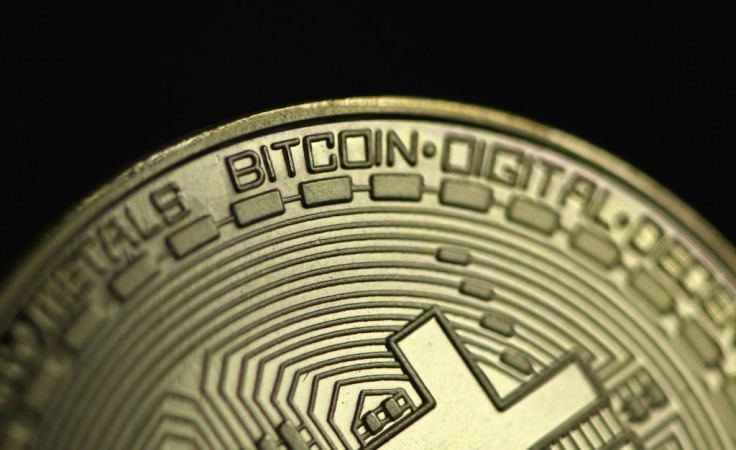Bitcoin Sent Through Darknet Increased By 383% In USD Value Over 3 Years

KEY POINTS
- The amount of Bitcoins sent and received by darknet entities decreased from Q1 2017 to Q1 2020
- However, Bitcoin's amount worth in USD increased by 383%
- Darknet entities increasingly used exchanges without verification requirements
Bitcoin sent and received to and from the darknet has increased 383% in USD value in the last three years, according to analytics firm Crystal Blockchain. Darknet entities appeared not concerned with newer regulations in cryptocurrency and seemed to just shift to newer, more private ways to transact Bitcoin in 2020 vs. in 2017.
Crystal Blockchain tracked the usage of Bitcoin among darknet entities from Q1 2017 to Q1 2020 and they reported increased BTC transaction value in USD despite sending and receiving a lesser amount of Bitcoin in the same time period. Darknet entities sent $85 million worth of BTC and received $87 million worth of BTC in Q1 2017. The figure increased almost every quarter since then. By Q1 2020, darknet entities sent $411 million and received $384 million worth of BTC.
The method by which Bitcoin is received appears to not have changed since 2017. In Q1 2017, 72% of BTC received by darknet entities came from exchanges without verification requirements. By contrast, only 14% came from exchanges with verification requirements. Exchanges with verification requirements have compulsory KYC and AML conditions. By Q1 2020, darknet still received more Bitcoins on exchanges without verification (45%). Darknet entities risk exposing their identities when using exchanges with verification as these exchanges follow the recommendations of the Financial Action Task Force (FATF) when it comes to AML and KYC disclosures.
The use of mixers has increased significantly by 2020. In Q1 2017, darknet entities only sent 2% of all Bitcoins to mixers. This has increased to 20% by Q1 2020.
We’ve released our latest "Darknet and Bitcoin Interactions Report", featured exclusively today in @ForbesCrypto, write up by @AsILayHodling. The report looks at historic and current dynamics of darknet #bitcoin use. Read the article here: https://t.co/KkUcqhTHto pic.twitter.com/PAPs12CICo
— Crystal Blockchain (@CrystalPlatform) May 19, 2020
Because Bitcoin transactions can be tracked, mixers are services used to obfuscate the origins of a Bitcoin so that it will not look like it came from the darknet. This is similar to the money laundering process called "layering," wherein layers after layers of transactions are put on top of each other to hide the origin of a dirty money that entered the financial system. Bitcoin can be divided down to units as small as 0.00000001 BTC (1 satoshi or sats). The product of a mixer is a Bitcoin composed of 100 million satoshis mixed from different sources.
Many exchanges like Coinbase can mark Bitcoins coming from mixers and block them from reaching their apps or services. For darknet entities, that just means they need to decrease or stop sending or receiving Bitcoins from regulated exchanges. These entities could also just keep the Bitcoins within themselves. As noted by Crystal Blockchain, there is an increase in the number of Bitcoins received from fellow darknet entities at 19% vs. just 6% in Q1 2017.
© Copyright IBTimes 2025. All rights reserved.




















